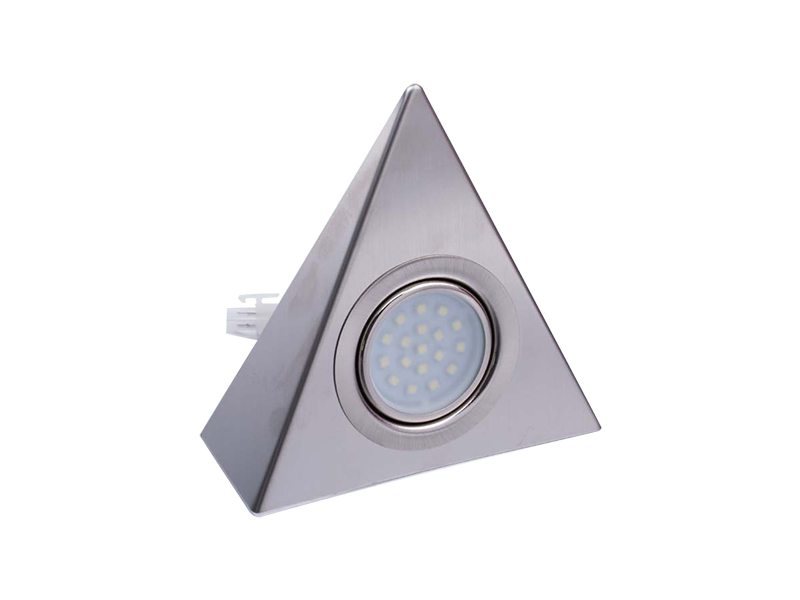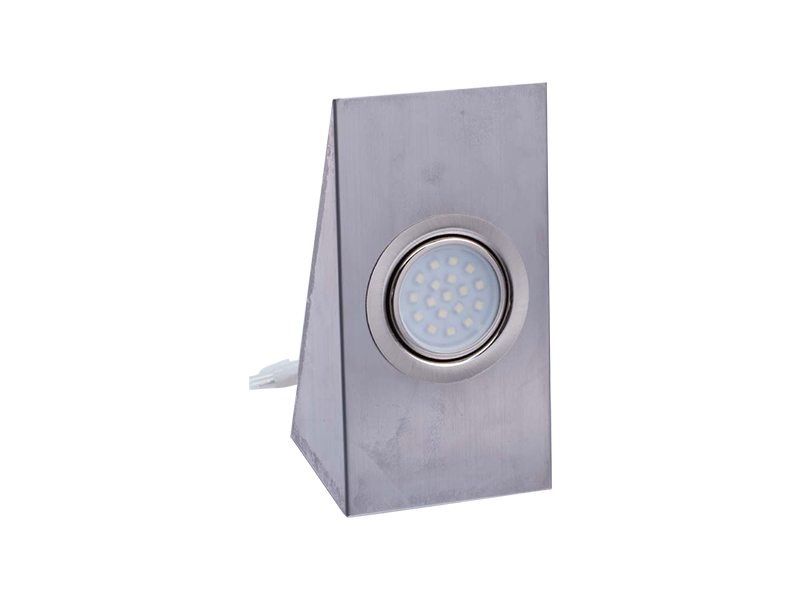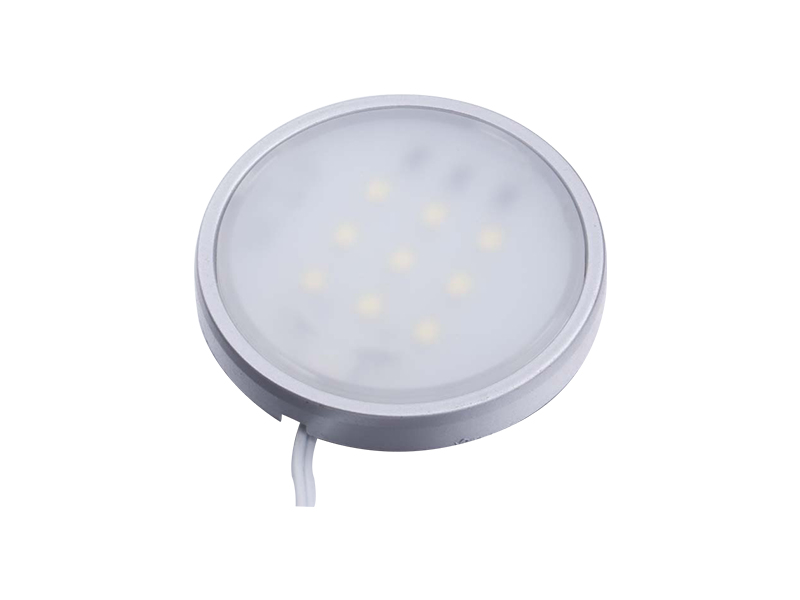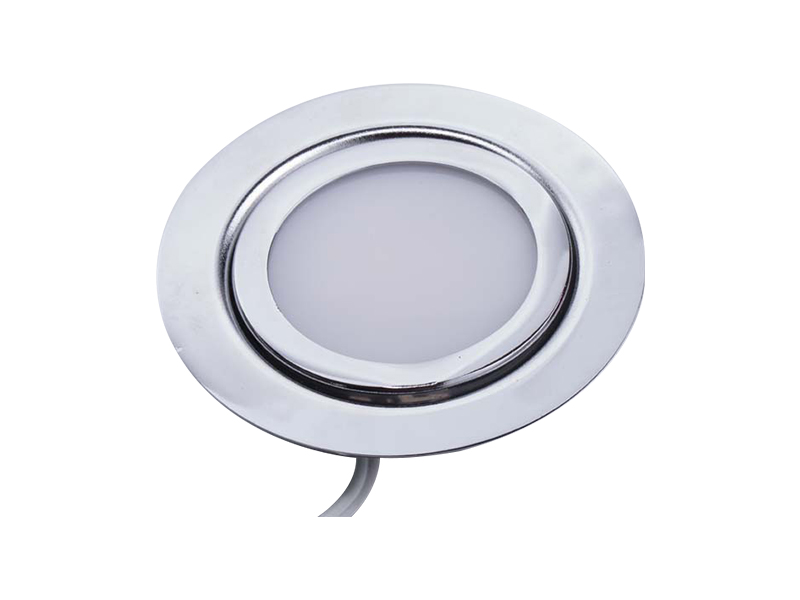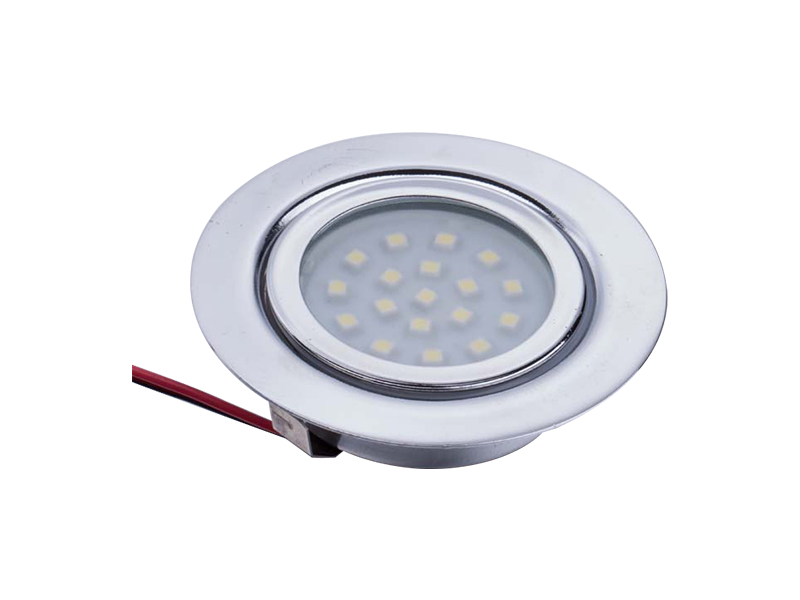-

E-mail:[email protected]
-

Telphone:+86-574-88073028
-

FAX:+86-574-88073029
QR code on
mobile phone
Welcome to Eastkey!
Welcome to Dongke!
Check Power Supply: LED cabinet lights rely on stable and appropriate power sources to function correctly. This includes verifying the output voltage (typically DC) and current ratings. Use a multimeter to measure the actual output from the power supply to confirm it aligns with the manufacturer's specifications. If the voltage or current levels are incorrect, it can lead to issues such as flickering, dimming, or even complete failure of the LED lights. Replacing the power supply with a compatible one should resolve these issues.
Inspect Connections: Secure and proper connections are crucial for the reliable operation of LED cabinet lights. Loose or improperly connected wires, plugs, or connectors can disrupt the flow of electricity, leading to intermittent flickering or non-functional lights. Inspect each connection point carefully, including where wires meet connectors or where plugs are inserted into sockets. Look for any signs of corrosion, oxidation, or physical damage that may compromise conductivity. Re-seat all connectors firmly to ensure they are fully engaged. Consider using electrical tape or cable ties to organize and secure wires neatly, minimizing the risk of accidental disconnection over time.
Dimmer Compatibility: LED lights often require specific dimmer switches designed to accommodate their low-voltage and low-power characteristics. Using a dimmer switch not compatible with LEDs can result in issues such as flickering, buzzing noises, reduced dimming range, or even damage to the LED driver or bulbs themselves. Verify that the dimmer switch is labeled as compatible with LED lighting, or consult the dimmer manufacturer's compatibility list. If uncertain, opt for a universal LED-compatible dimmer switch that adjusts smoothly without causing performance issues.
Voltage Stability: LEDs are sensitive to fluctuations in voltage levels. Variations in voltage, whether from electrical surges or drops, can cause LED lights to flicker or operate erratically. To mitigate this, install a voltage stabilizer or surge protector designed to regulate and stabilize the voltage supplied to the LED lights. These devices help protect LEDs from damage and ensure consistent performance, particularly in areas prone to voltage fluctuations. Choose a stabilizer or surge protector with adequate capacity to handle the power load of your LED cabinet lights effectively.
Heat Management: Efficient heat dissipation is critical for maintaining the longevity and performance of LED cabinet lights. LEDs generate heat during operation, and excessive heat buildup can degrade components and shorten lifespan. Ensure there is adequate ventilation around the LED lights to allow heat to dissipate effectively. Avoid installing LEDs in confined or poorly ventilated spaces where heat can accumulate. Consider using LED lights with built-in heat sinks or cooling fans for enhanced thermal management, especially in environments with high ambient temperatures or prolonged operation.
Replace Faulty Components: If troubleshooting identifies a faulty component within the LED cabinet lights, such as a defective LED bulb, driver, or power supply, replace it promptly. Use components that meet the same specifications as the original parts provided by the manufacturer. Avoid mixing different brands or models of LED components unless explicitly certified as compatible. This ensures consistency in performance and reliability of your LED cabinet lighting system.
Environmental Factors: Consider the environmental conditions where LED cabinet lights are installed. Factors such as humidity, temperature extremes, dust, and vibration can affect the performance and lifespan of LEDs. Choose LED lights rated for specific environmental conditions, such as damp or wet locations for kitchen or bathroom installations. Install protective enclosures or housings to shield LEDs from harsh elements, particularly in outdoor or industrial settings. Proper environmental protection helps maintain the integrity and functionality of LED cabinet lights over time.
top
E-mail:[email protected]
Telphone:+86-574-88073028
FAX:+86-574-88073029
